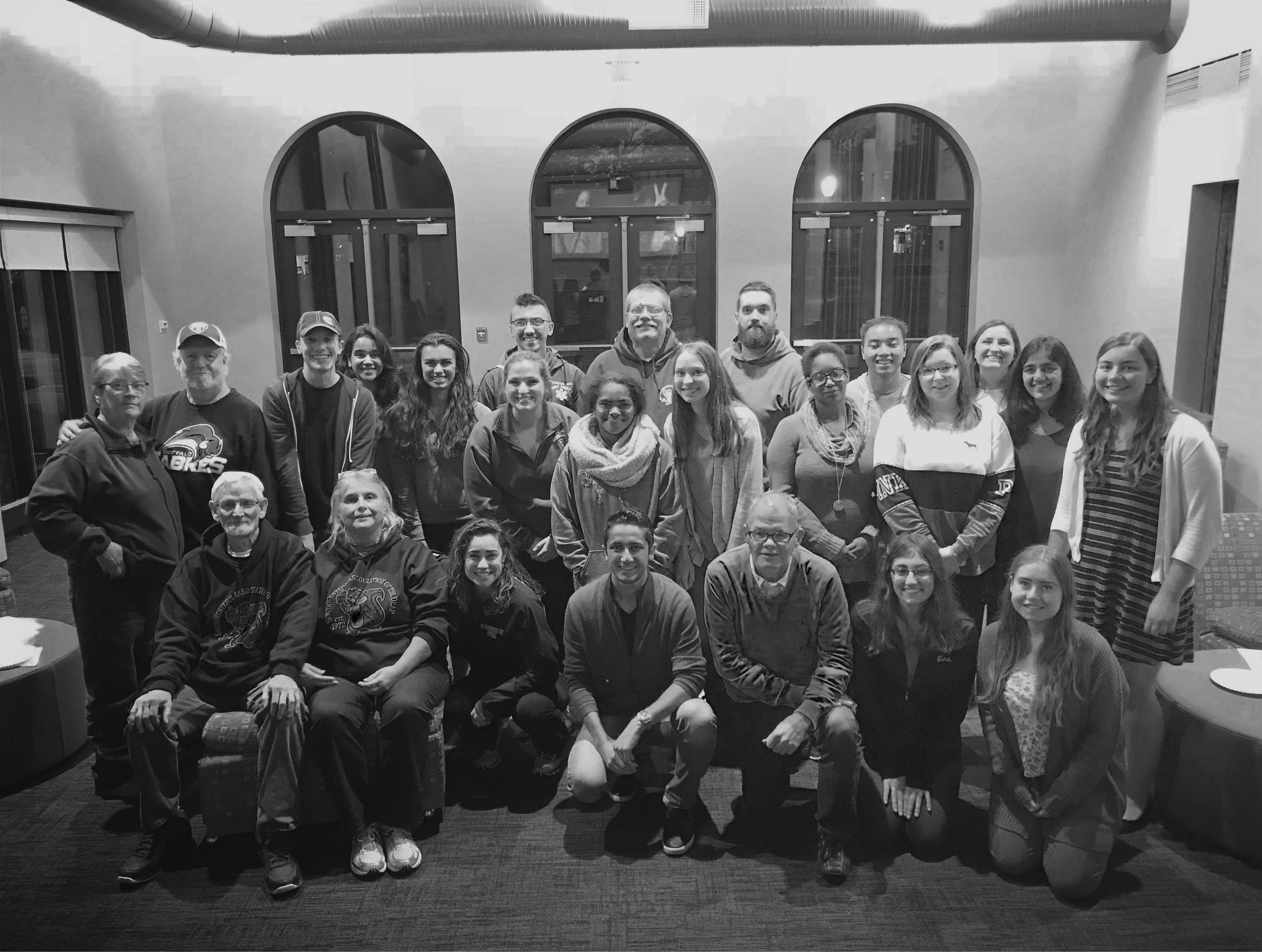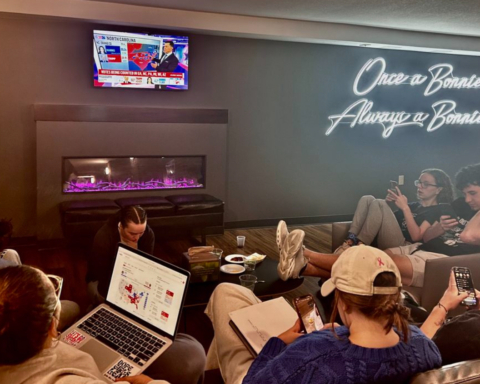Members with varying experience gather to practice sign language
According to 360 Translations, almost 10 percent of people experience some sort of hearing problem, whether they are completely deaf or just hard of hearing. While most of the people born into this come from families that can hear properly, there has to be some way of communication, which to us is sign language.
American sign language is taught at St. Bonaventure, but it only counts toward language credits for education majors. Many students, however, continue to want to learn it, regardless of whether or not it can count on a degree audit.
American Sign Language Club, otherwise known as ASL club, was created for this exact purpose, to allow students the ability to practice, learn and apply sign language outside of the classroom.
“I joined ASL club because I took Angela’s [adjunct professor for sign language] class and enjoyed learning about ASL, so I wanted to learn more signs and more about the culture,” Sarah Rose Costello, co-president and senior triple certification education major, said. “I think others should join ASL so they, too, can learn how to sign and learn about the Deaf culture.”
Many of the students who take part in this club have little to no experience with sign language and people who categorize themselves as deaf, or lacking the ability of hearing or having hearing be impaired, according to Hailey Dutton, senior strategic communications major and co-president of ASL. The most important thing to learn is basic fingerspelling, Dutton said.
“It is human nature to exchange elements of our cultures. The Deaf community has their own culture, and it is prominent to establish an understanding of sign language, or at least fingerspelling, in order to communicate with their culture,” Dutton said.
Each year, the club hosts a fingerspelling social, in which students and staff across campus, as well as members of the community, both hearing and deaf, come together to practice fingerspelling and get to know each other. Some students practice learning at the event, while others jump right into conversations. While the date is still undecided, the club is planning on having a fingerspelling event sometime this fall semester, according to Costello.
With an ever-changing world, members of the club can find ways to use the skill in their everyday lives. Shannon Mitchell, a junior early childhood and elementary education major, used what she learned in the club and in class to teach young students at Allegany-Limestone Central School how to fingerspell, after being approached by her teacher during field block.
“They really liked learning it, and they were very interested in learning it. It was kind of like a secret code for them. The rest of my time there, I kept seeing them use it,” Mitchell said. “It was a very engaging and rewarding experience for both me and the children.”
The club plans on hosting future events with deaf “speakers” and connecting more with the deaf communities in the local areas.
“The hearing and deaf may have different cultural aspects, but we are living together in world communities, and all people in these communities communicate and learn in different ways,” Dutton said. “As a part of the hearing community and culture, I believe we should put in the effort to have a basic understanding of each other.”
If you want to learn more about ASL, email Costello at costels15@bonaventure.edu.
By Natalie Forster, Features Editor
forstena17@bonaventure.edu






